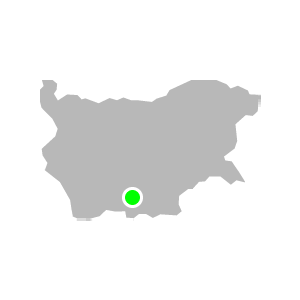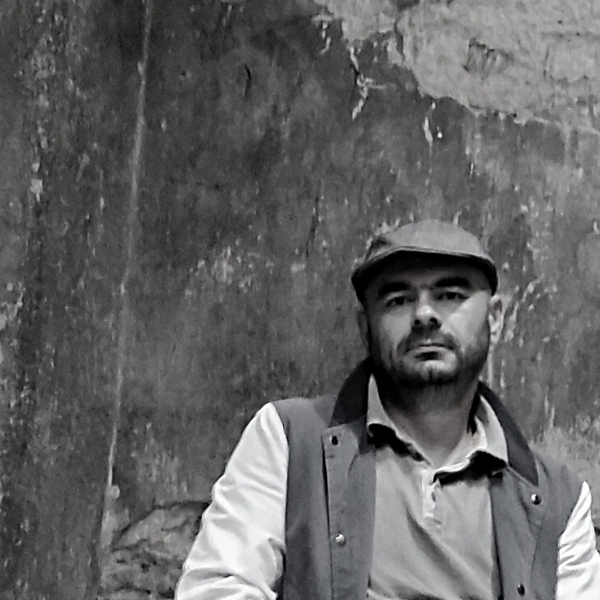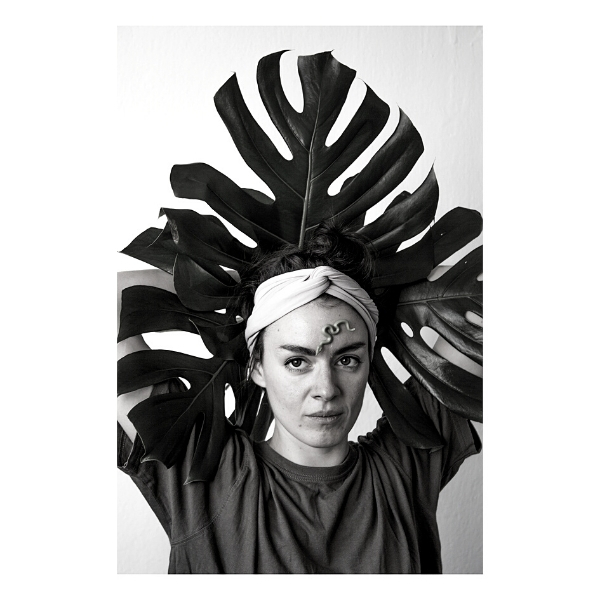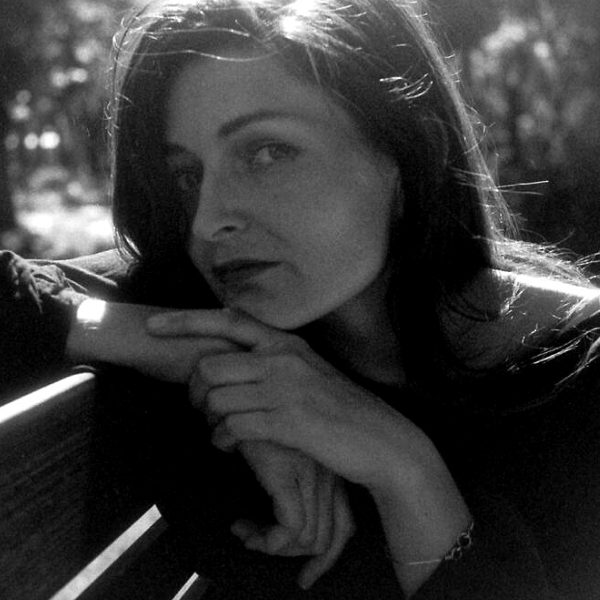Smolyan town is located in Rhodope mountain. Its people are hospitable, and consider the natural environment and their history as highly valuable. The vast majority are Orthodox Christians, while the rest are mostly Muslims. The cultural influence of both religions is visible in the architecture, design and traditions of the region. Also, the harmonious relationship between these two religious communities in the past has led to many mixed marriages, and therefore to the essential integration of these communities. The local traditions, and especially the local musical practises, are related to Orpheus, with the local folk music ensemble “100 kaba gaidi“, which searches for, preserves and promotes the Rhodope folklore, being one representative example.

Smolyan Municipality is located in southern Bulgaria, in the central part of the Rhodope Mountains. Its territory amounts to 854 km2, and is the largest municipality in the homonymous district. It lies 104 km south of Plovdiv, and 98 km west of Kardzhali, and it consists of 86 settlements – 1 town and 85 villages. Smolyan town stretches over a huge part of the valley of Cherna River (Black River). It was founded in 1960 (when the three large hamlets Smolyan, Raykovo, and Ustovo merged), and its population is approximately 32,000 people.
The nearest border checkpoint with Greece is Rudozem-Elidje, which is to be opened in the near future. In this way, the regional and municipal centres of the region will have quick access to the Aegean Sea -100 km away-, stimulating the cross-border cooperation. Since January 2010, there is another border checkpoint named “Zlatograd – Termes – Xanthi”, built for small trucks and cars. The distance from Smolyan town to it is less than 70 km. This point is a good prerequisite for the development of international tourism in the region, as its opening has created the conditions for reviving cross-border cooperation, joint projects with twinned Greek cities, and a new impetus for the development of tourism.
The oldest archaeological evidence discovered in Smolyan region dates back to the end of the Bronze Age (13th century BC). Rhodope is believed to be a sacred Thracian mountain, the birthplace of Orpheus. Evidence of this period (11th century BC) is provided by the studied sanctuaries on Kom Peak (1570m), the mound necropolis near Gela Village, and the unique flat necropolis at Stoykite Village. The Thracians converted to Christianity during the 4th and 5th centuries, a fact proven by the presence of many early Christian basilicas (7th–9th centuries) in the region. After Bulgaria was conquered by the Ottomans, the region of the Middle Rhodopes was given to court physician Aha Chelebi with a decree issued by the Sultan in 1519. That is why this area is also known as Ahachelebi. The Smolyan region remained part of the territory of the Ottoman Empire until 1912.
One of the main manifestations of the local traditions of the Smolyan town and region is the traditional costumes of the two confessional communities -Christians and Muslims- in all their functional, social and ornamentally rich diversity. The general vision of the costumes is also formed by jewellery of different types, purposes and materials, produced either in the Rhodope Mountains or imported from neighbouring large craft centres. The ornaments that are typical of the region are conditionally divided into handicraft production and home-made — with the bridal ornaments and the ornaments made of beads being the ones that attract the most of attention.
Another important manifestation is the various household items (e.g. home fabrics, tools and utensils) used in the daily lives, the holidays and the rituals of the Rhodope people. The home fabrics (large and small) are extremely diverse in terms of materials, production techniques, colours, ornamentations and purposes. For example, fleecy rugs for home furnishing, bedding and covering are made mainly of sheep’s or fur wool, and are subjected to additional water treatment to seal and card the front side. In the past, these rugs occupied a special place in the life of the Rhodope people, and today, they are a cultural emblem of the mountain, and a value in the museum funds. Copper vessels, the work of the famous Ustovo masters, are various in shape and purpose household containers, often decorated with notches, zambis or more complex geometric and plant compositions, betraying the symbiosis between Eastern influence and local Rhodope tradition.
Smolyan is home to:
- The Regional History Museum “Stoyu Shishkov”, which was founded in 1935 by the community leader Stoyo Nedelchev Shishkov (1865-1937) – a famous folklorist, ethnographer, and author of many essays on the daily life, traditions, and culture of the Rhodope region;
- The Art Gallery, which was established in 1964, and which collects and exhibits the works of some of the most prominent representatives of the Bulgarian fine arts – with a special emphasis in the artists connected with and inspired by the Rhodope nature, life, history and rich local traditions;
- The Folklore Ensemble “Rodopa” Smolyan, which was established in 1960, in order to collect, preserve and popularise the vocal-instrumental folklore of Rhodope Mountain; and
- The Rhodope Drama Theatre Nikolay Haytov, which was established in 1951, and is housed in a -unique in scale and architecture in Bulgaria- building, that was designed by the architect Stefan Popov in 1984, who -for this project- won the American Institute of Architecture Award – “Special Prize” at the Third World Biennial of Architecture in the United States in 1985.
Smolyan is also the center of significant artistic and cultural events, such as the Rozhen National Folklore Fair, the International Youth Folklore Gathering “Orpheus Holidays”, the international festival for contemporary urban culture and arts JAM ON IT, the International Plein Air on Painting, May Cultural Celebrations, the traditional celebration of mummers and masquerade games Pesponedelnik in the village of Shiroka Laka, the Perelik World Music & Jazz Festival, and others.
Coming soon.
Гумнерова, М. Видове тъкани и тъкачни техники в Смолянско. – Изв. ЕИМ,14, С., 1972, 71-110.
Кръстанова, Кр. Златният стан. Пловдив: ИК Жанет 45, 2007.
Research on local history, cultural heritage and traditions: Pepa Peneva
Research on open access repositories and illustration: Revekka Kefalea
Review and semantic enrichment: Revekka Kefalea
Last update: 6 October 2021.
Coming soon.



